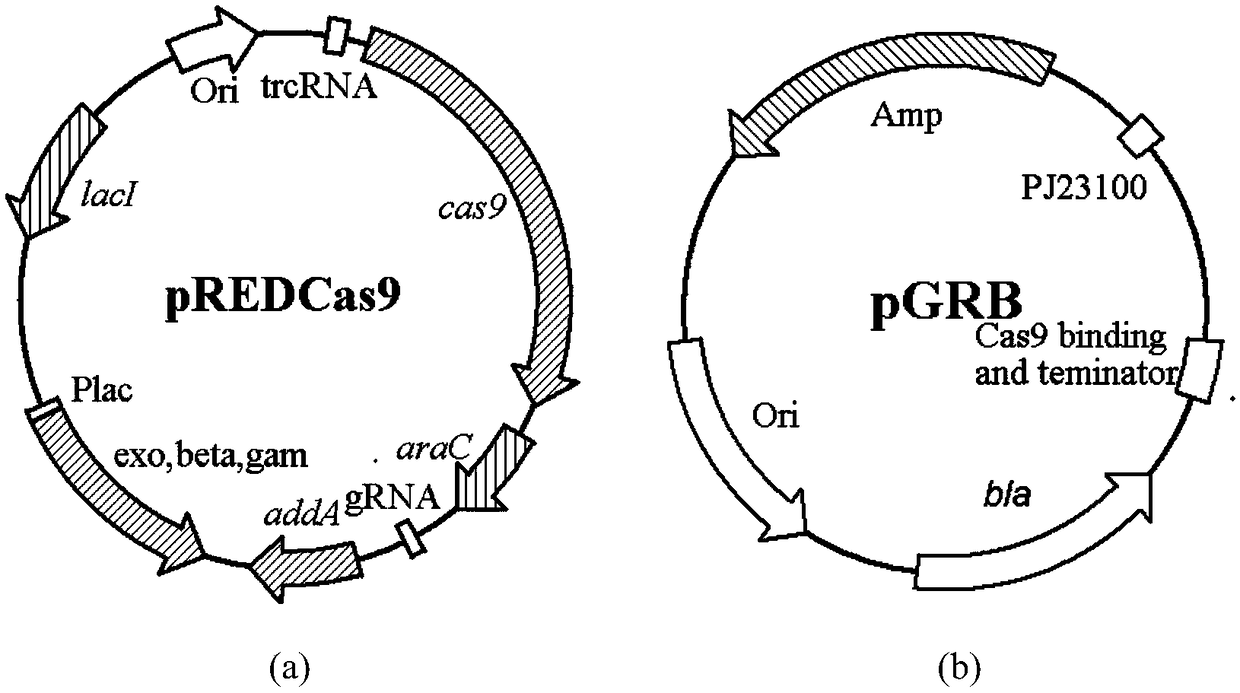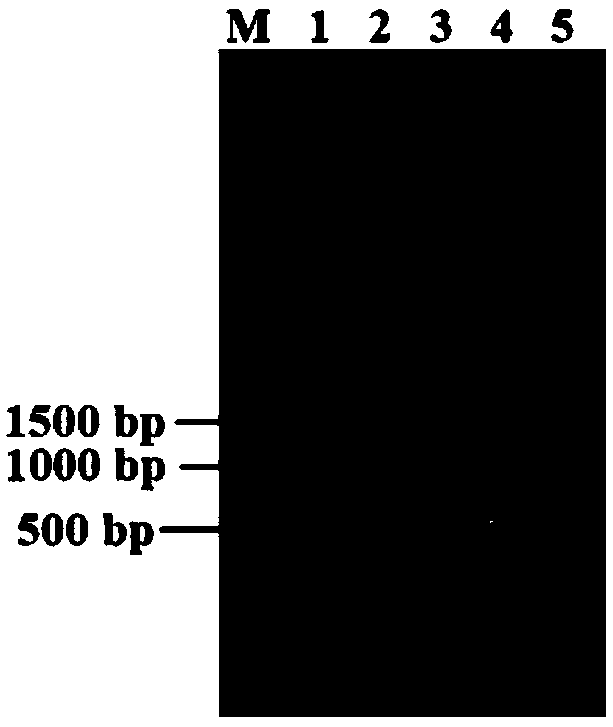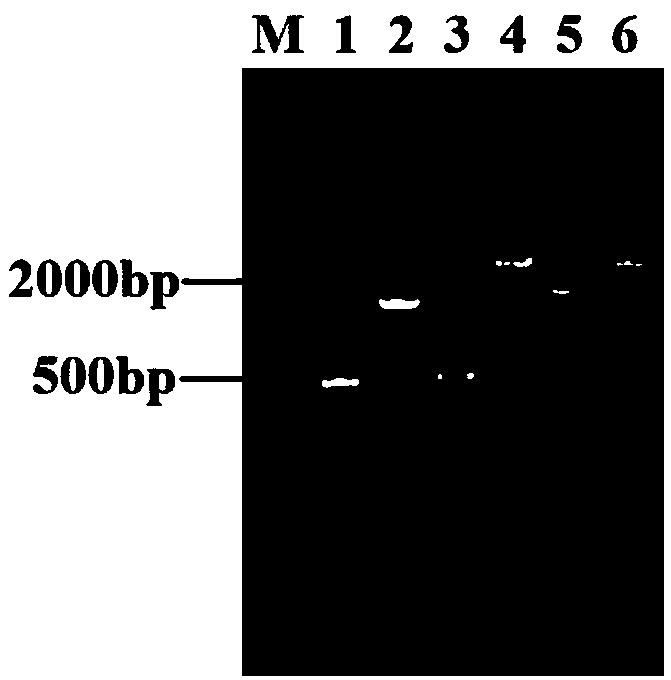Construction of escherichia coli genetically engineered bacterium and application of escherichia coli genetically engineered bacterium to production of L-tryptophan
A technology of genetically engineered bacteria and Escherichia coli, which is applied in the field of microbial metabolism regulation and genetic engineering, can solve the problems of low sugar-acid conversion rate, complicated extraction process, easy loss of plasmids, etc., and achieve clear genetic background, broad application prospects, and convenient traits Improved effect
- Summary
- Abstract
- Description
- Claims
- Application Information
AI Technical Summary
Problems solved by technology
Method used
Image
Examples
Embodiment 1
[0051] Example 1: Construction of Escherichia coli L-tryptophan engineering strain E.coli TRP03
[0052] 1. Methods of gene editing
[0053] The gene editing method used in the present invention is carried out with reference to the literature (Li Y, Lin Z, Huang C, et al. Metabolic engineering of Escherichia coli using CRISPR–Cas9 edited genome editing. Metabolic engineering, 2015, 31:13-21.), the method used The two plasmid maps of the attached figure 1 . Among them, pREDCas9 carries gRNA expression plasmid pGRB elimination system, bacteriophage λ Red recombination system and Cas9 protein expression system, spectinomycin resistance (working concentration: 100mg / L), cultured at 32°C; pGRB uses pUC18 as the backbone, including the promoter J23100, gRNA-Cas9 binding region sequence and terminator sequence, ampicillin resistance (working concentration: 100mg / L), cultured at 37°C.
[0054] The concrete steps of this method are as follows:
[0055] 1.1 pGRB plasmid construction...
Embodiment 2
[0120] Embodiment 2: Introducing glutamine synthetase (glnA) from Lactobacillus acidophilus (Lactobacillus acidophilus) to L-tryptophan engineering bacteria
[0121] 1. glnA gene synthesis
[0122] According to the Lactobacillus acidophilus (Lactobacillus acidophilus) glutamine synthetase coding gene sequence published on GENBANK in NCBI, it is codon-optimized with codon software commonly used in Escherichia coli (sequences before and after codon optimization are respectively as SEQ ID NO: 8 and SEQ ID NO: 9), so that it can be efficiently transcribed in Escherichia coli. The optimized sequence was sent to Jinweizhi Company for synthesis, and the recombinant plasmid pUC57glnA with glnA gene was obtained, in which the enzyme cutting sites were Hind III and BamH I, and it was stored in Escherichia coli.
[0123] 2. Plac glnA is integrated into the genome ycjV pseudogene locus
[0124] Using the E.coli W3110 (ATCC27325) genome as a template, design upstream homology arm primers...
Embodiment 3
[0125] Example 3: Production of L-tryptophan by Escherichia coli genetic engineering bacteria shake flask fermentation
[0126] A kind of concrete operation that utilizes Escherichia coli genetically engineered bacteria to carry out shake flask fermentation to produce L-tryptophan is as follows:
[0127] Slant culture: Streak inoculation of -80°C preserved strains on the activated slant, culture at 37°C for 12 hours, and passage once;
[0128] Shake flask seed culture: Scrape a ring of slanted seeds with an inoculation loop and inoculate in a 500mL Erlenmeyer flask containing 30mL of seed medium, seal with nine layers of gauze, and incubate at 37°C and 200rpm for 8-10h;
[0129] Shake flask fermentation culture: Inoculate 10-15% (v / v) inoculum into a 500mL Erlenmeyer flask with fermentation medium (final volume is 30mL), seal with nine layers of gauze, culture at 37°C, 200r / min shaking, During the fermentation process, maintain the pH at 7.0-7.2 by adding ammonia water; add 6...
PUM
 Login to View More
Login to View More Abstract
Description
Claims
Application Information
 Login to View More
Login to View More - R&D
- Intellectual Property
- Life Sciences
- Materials
- Tech Scout
- Unparalleled Data Quality
- Higher Quality Content
- 60% Fewer Hallucinations
Browse by: Latest US Patents, China's latest patents, Technical Efficacy Thesaurus, Application Domain, Technology Topic, Popular Technical Reports.
© 2025 PatSnap. All rights reserved.Legal|Privacy policy|Modern Slavery Act Transparency Statement|Sitemap|About US| Contact US: help@patsnap.com



